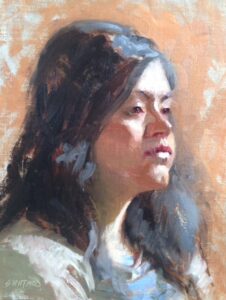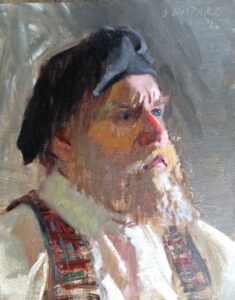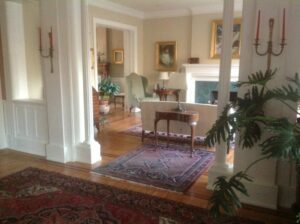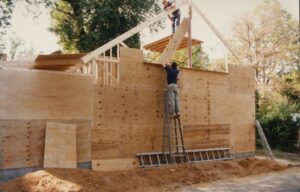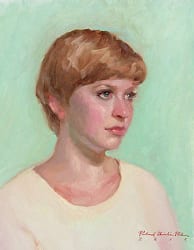 I have many favorite things. I was going to state that Bridgman’s Complete Guide to Drawing From Life, was my favorite thing for it has something to offer to the experienced as well as the novice artist.
I have many favorite things. I was going to state that Bridgman’s Complete Guide to Drawing From Life, was my favorite thing for it has something to offer to the experienced as well as the novice artist.
But this past week I had to wipe out my painting three times before I was satisfied with my drawing of the model. On Monday, I wiped out once. But I am so glad I did! I really got to know my subject, capture the gesture, and design a much better composition! So my favorite thing (at least this week) is…
A roll of paper towels! I prefer the ones that are more like cloth, but I do not want to endorse any specific products. So try wiping out more often, and see if the result is a better painting.
www.susanhotardartist.com
